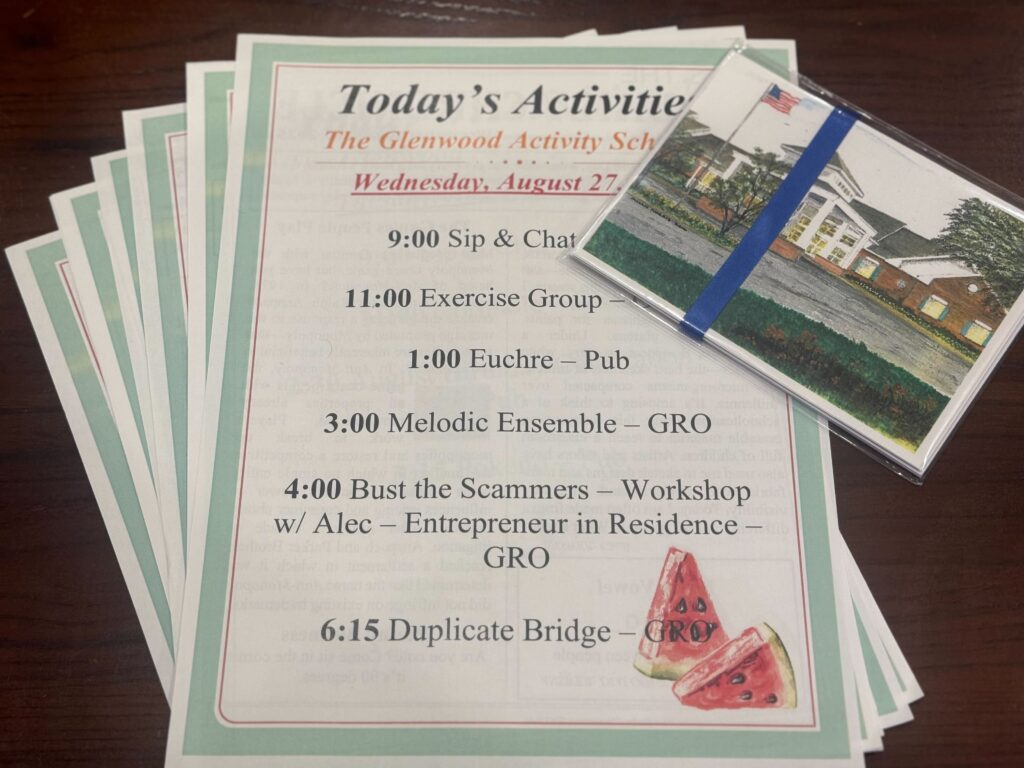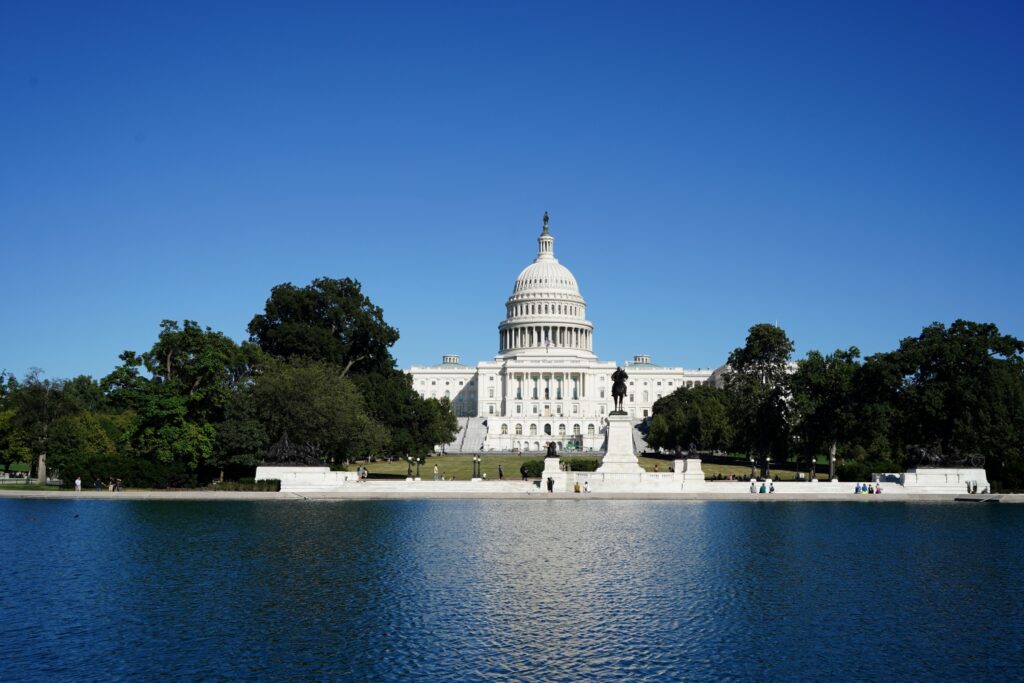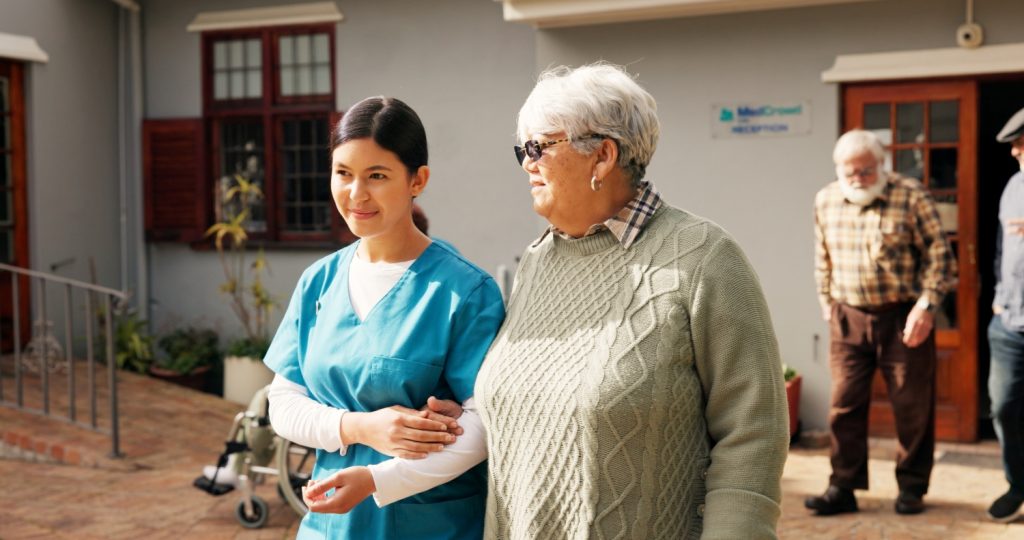In recent years, particularly since the COVID-19 pandemic, technology adoption among older adults has increased significantly. More older Americans use smartphones, video calls and online health portals than ever before, spurred in part by the necessity of staying connected during lockdowns and the expansion of telehealth services. These gains have shown what’s possible when access and support are prioritized.
However, progress has been uneven, and many older adults remain on the wrong side of the digital gap. About one in four older adults have no access to electronic devices and 57% do not use digital technologies for health communication. Yet, this is the very population that could benefit most from technology—whether to manage health, connect with others, or remain independent in their communities.
New York State’s June 2025 Master Plan for Aging (MPA), acknowledges the importance of technology for older adults and integrates tech into the plan. The New York MPA dedicates a plan pillar to Technology Access and Development, recognizing the importance of technology and how it can improve the lives of older adults. This pillar includes several proposals that improve access to technology for older adults and provide advanced tech integration. A few key proposals presented for the MPA are:
Meaningful Access to Technology
In the digital age it is important for New Yorkers, especially older adults, to have access and the knowledge needed to use online services. As an increasing number of programs rely upon online platforms, it is essential that older adults are not left behind. The MPA proposes that all older adults have “meaningful access” to technology, including reliable broadband, access to hardware and software, and training/support to use these tools tailored to older adults.
Involving the User in the Design and Development of Technology
Importantly, the plan highlights the value of involving older adults in the design and development of technology. When technologies are co-designed with their users, they are more likely to be adopted and effective. This user-centered approach helps ensure innovations are relevant, intuitive and responsive to the unique needs of older populations.
Age Tech and Assistive Technology Incubator
The MPA proposes establishing a state-sponsored technology incubator focused on “AgeTech” and assistive technologies. This would create a public-private partnership hub to accelerate the development of tools that improve quality of life, autonomy and safety for older adults. New York plans to engage with Venture Capital to match state funds and develop pipelines from universities across the state to facilitate the new tech development.
Technologies such as motion sensors, wearable devices and telemedicine platforms are already transforming care. An incubator would build on these successes by encouraging new solutions and providing a runway for scaling them across the state.
Health Data Collection and Integration
Technology alone isn’t enough—data infrastructure plays an important role in how older adults receive care. The MPA proposes multiple initiatives to improve data integration and care coordination.
- Integrate Data and Case Management Across Care Settings: To address fragmentation in the New York State healthcare system, the MPA proposes a pilot that leverages New York’s Statewide Health Information Network to support real-time data-sharing across providers. This information exchange can improve care transitions, reduce medical errors, and ensure that providers have a full picture of an older adult’s needs.
- Statewide Uniform Care Platform: Establishing a statewide, HIPAA-compliant, uniform care platform that would allow service providers to coordinate benefits, services and supports for older adults across multiple agencies. Replacing the current system of assessments and program-specific portals, this platform would give professionals and care teams the tools they need to help older adults remain in their homes and communities for as long as possible.
Meaningful access to technology includes access to necessary hardware, software and other equipment; an internet connection with sufficient bandwidth; and the training, support and skills needed to use online services.
- Digital Map of Health for Older New Yorkers: Creating a digital map of health and service utilization to better understand how aging-related services are distributed across the state. Currently, there is no centralized data source that tracks service availability by geography, making it difficult to identify gaps in access or tailor resources to areas of highest need. This mapping tool would consolidate state and local data, enabling more targeted interventions and improved policymaking.
- Improve Cognitive Health Data Accessibility: Developing a cognitive health data platform. Policymakers and researchers currently face major barriers in accessing timely, structured data on cognitive health. A dedicated platform would help address these gaps, supporting early intervention strategies and allowing the state to evaluate the cost-effectiveness of programs designed to maintain cognitive health across the lifespan.
New York’s MPA recognizes that technology isn’t a luxury, it’s a necessity for healthy aging in the 21st century. By committing to expanded access, user-centered design, and integrated data systems, the plan lays the groundwork for a future where older adults can thrive in a digital world. Whether through smarter care coordination, inclusive tech innovation, or digital tools that combat isolation, the MPA offers a roadmap for making aging more connected, equitable and accessible.
While these are still proposals, they are an important step toward greater technological integration in New York for older adults. As implementation unfolds, these proposals have the potential to make New York a national leader in using technology to support older adults and a model for states nationwide.
Niamh Brennan, MPH, is a research associate, and Amy Herr, MHS, PMP, is director of Health Policy for the nonprofit, nonpartisan West Health Policy Center.
Photo credit: Shutterstock/Olena Yakobchuk













